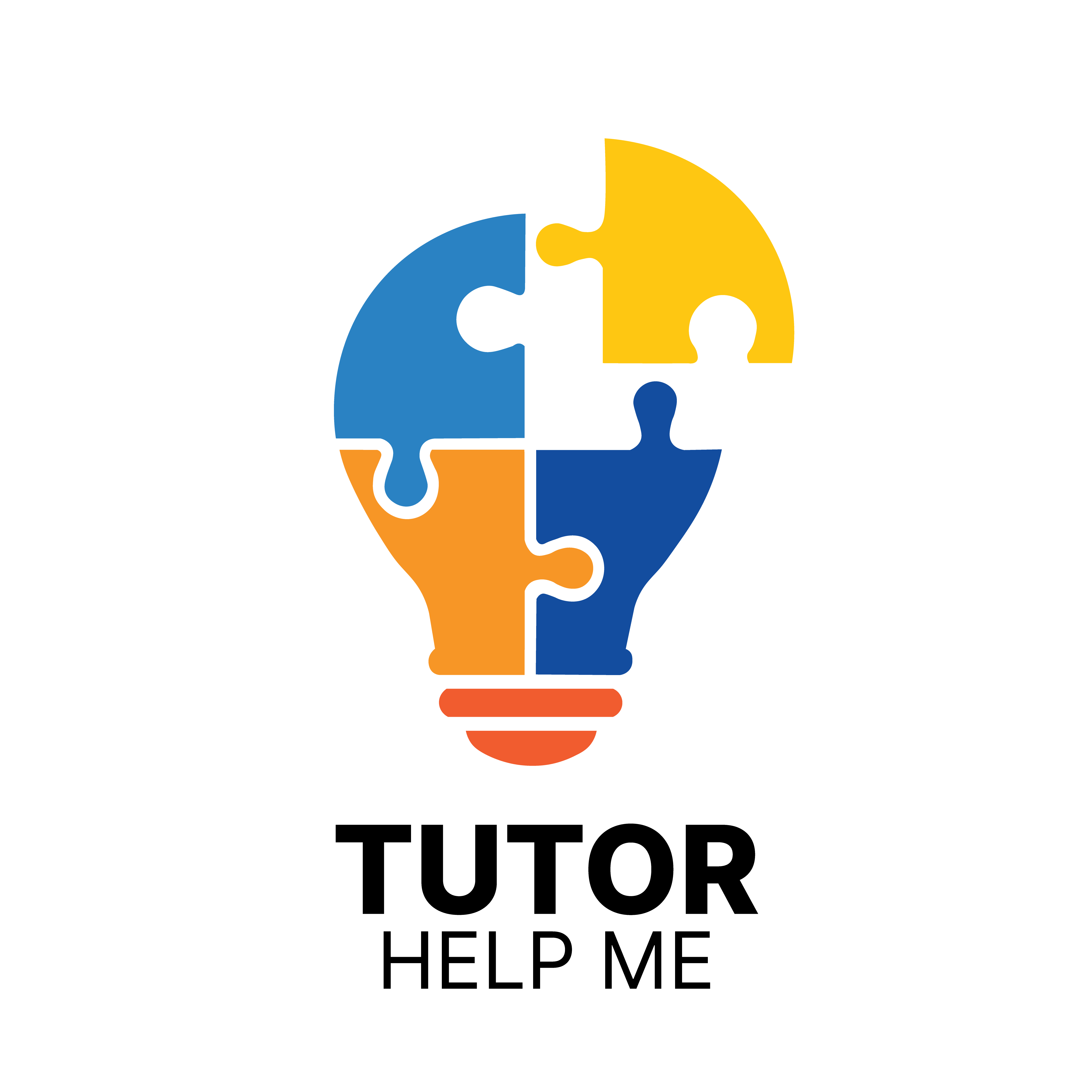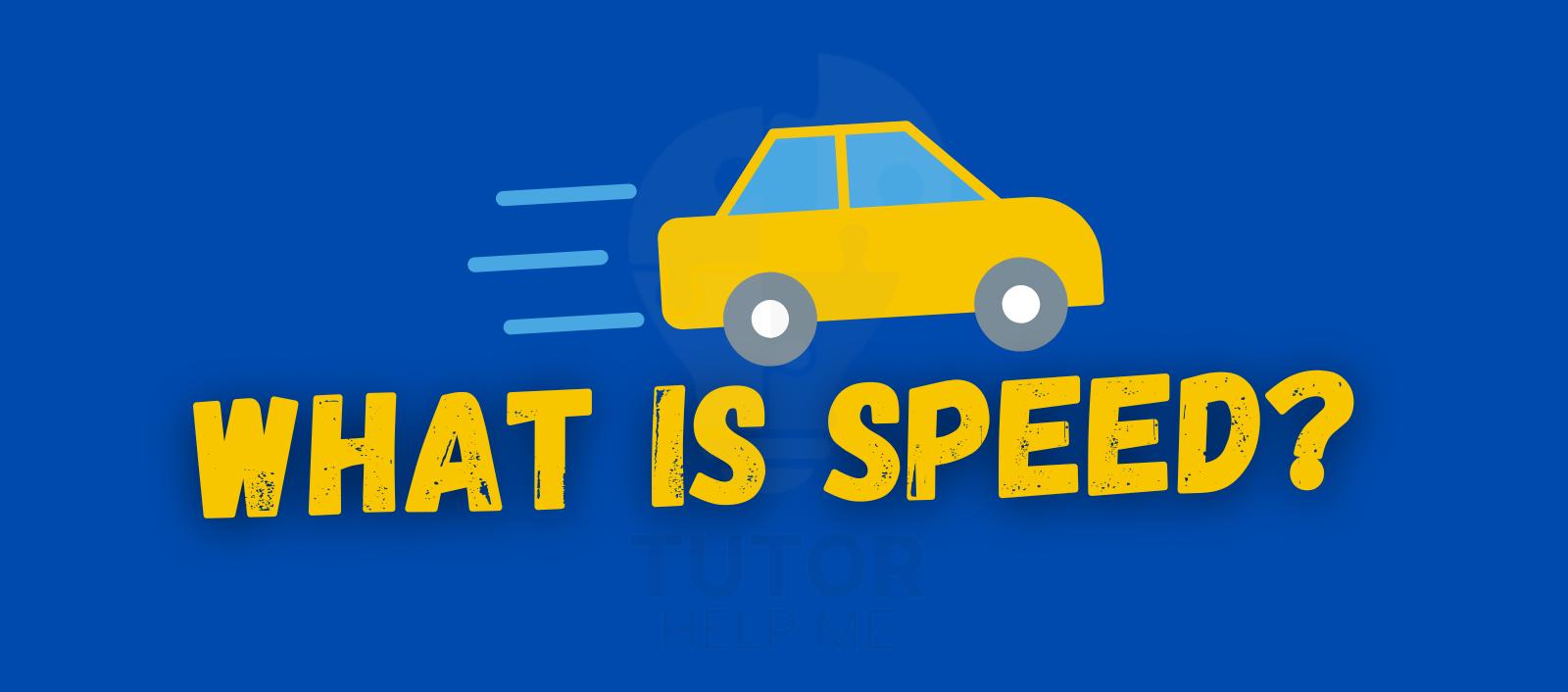Want to know how fast something moves? This blog explains speed in simple words.
You will learn what is speed , how we measure it, and where we see it every day from cars to rockets.
Sit back, have a cup of tea, Let’s start by understanding the basic definition of speed and why it matters in both science and daily life.
What is Speed?
"Speed is the distance covered by an object in a given time. It measures how fast something moves and is calculated as distance divided by time."
Speed Formula and Calculation,
Speed = Distance ÷ Time
This means speed depends on how far an object moves and how long it takes. The unit conversion for speed is also important:
- 1 km/h = 0.277 m/s
- 1 m/s = 3.6 km/h
For example, if a train covers 200 km in 4 hours, its speed is:
200km / 4 hours = 50 km/h
SI Unit of Speed,
The SI unit of speed is meters per second (m/s).
Types of Speed
The main types of speed include:
- Uniform Speed
- Variable Speed
- Average Speed
- Instantaneous Speed
- Relative Speed
Uniform Speed
Uniform speed means moving at the same pace over time. The object covers equal distances in equal time without slowing down or speeding up.
Example,
You can see uniform speed when a car moves at a steady 60 km/h on a straight road. It travels 1 km every minute, showing uniform speed in action.
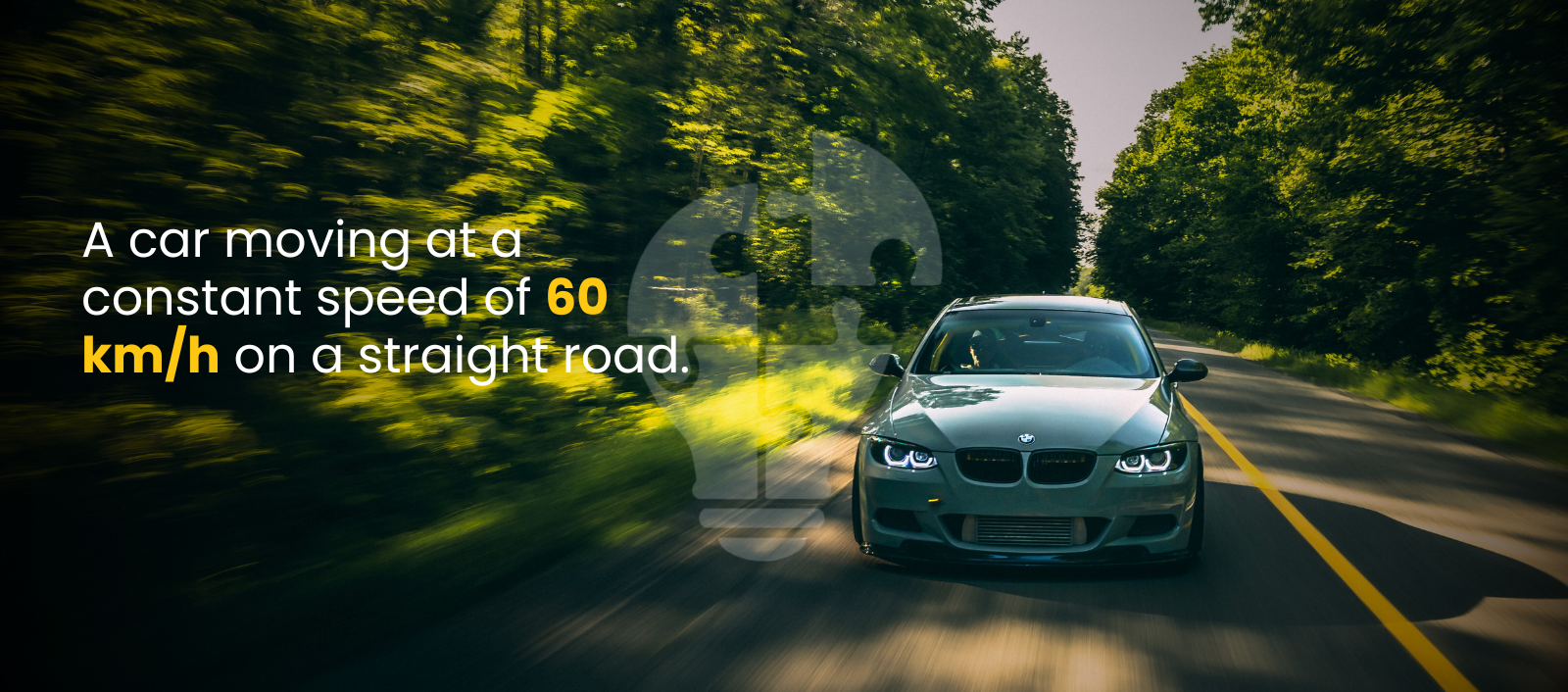
Now that you understand steady motion, let’s investigate variable speed, when an object’s speed changes during its journey.
Variable Speed
Variable speed means the object moves different distances in equal time intervals. Its speed changes often during motion.
Example,
You see variable speed when a car moves through city traffic. It speeds up, slows down, and stops at lights or turns. This shows motion is not steady.
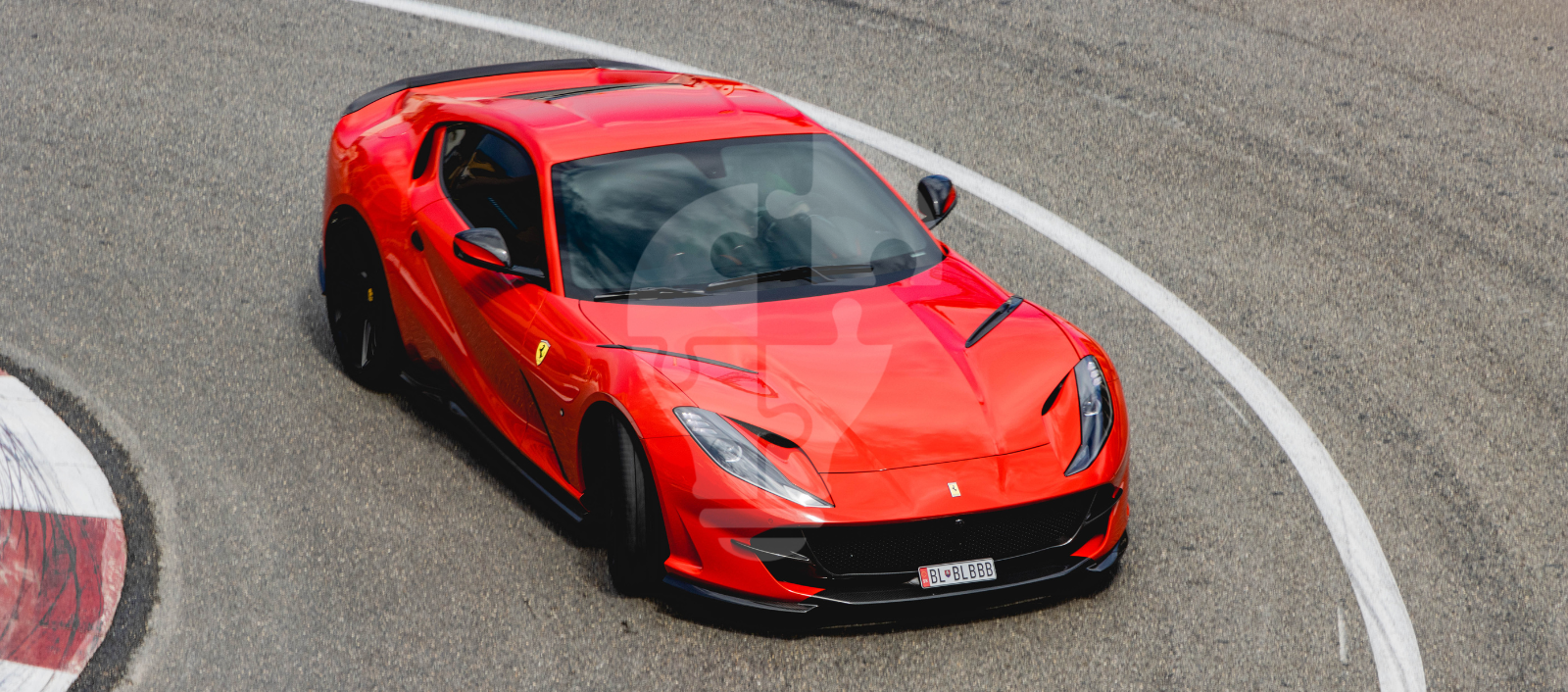
Now that you know speed can change, let’s learn about average speed, a way to measure overall speed during a trip.
Average Speed
Average speed shows how fast something moves during a whole trip. It is found by dividing total distance by total time.
Example,
For example, if a car goes 100 km in 2 hours, its average speed is 50 km/h. This helps you understand motion even when speed changes.
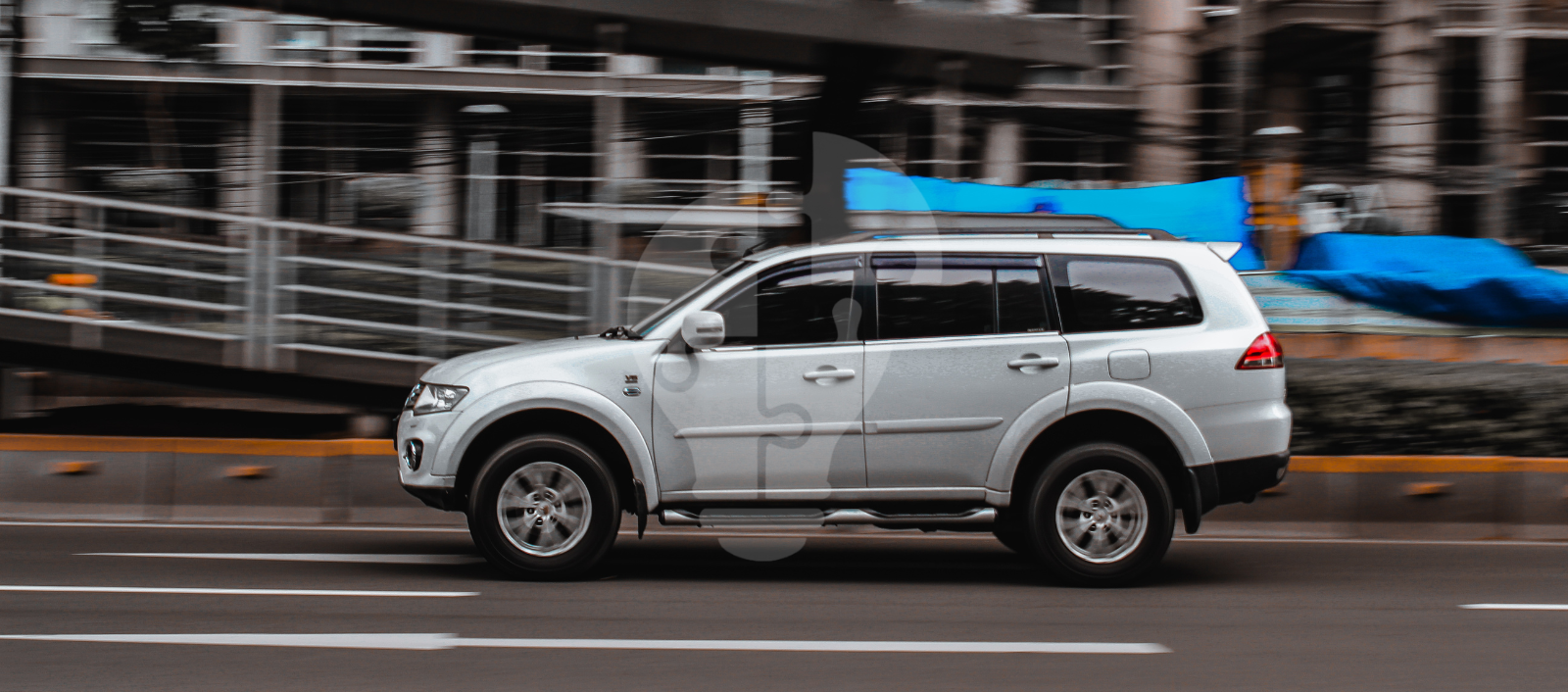
Now that you know how to measure overall speed, let’s look at instantaneous speed, the speed at one exact moment.
Instantaneous Speed
Instantaneous speed is the speed of an object at one exact moment. It tells how fast something moves right now, not over time.
Example,
You can see instantaneous speed on a car’s speedometer. If it reads 60 km/h, that’s the car’s speed at that moment during the drive.

Now that you know how to read speed in a single moment, let’s explore relative speed, how fast one object moves compared to another.
Relative Speed
Relative speed is how fast one object moves compared to another. It depends on their direction and speed difference.
Example,
If two cars move in opposite directions at 60 km/h and 40 km/h, their relative speed is 100 km/h. This tells how fast they get closer to each other.

Now that you understand how speeds compare between objects, let’s look at a table that shows the key differences between all types of speed.
Comparison Table of Speed Types
| Type of Speed | Definition | Example |
|---|---|---|
| Uniform Speed | Constant motion over time | A train moving at 80 km/h |
| Variable Speed | Changing speed during motion | A car in city traffic |
| Average Speed | Total distance ÷ total time | A cyclist covering 100 km in 5 hours (20 km/h) |
| Instantaneous Speed | Speed at a given moment | The reading on a car speedometer |
| Relative Speed | Speed compared to another object | Two cars moving toward each other |
Real-Life Applications of Speed
Speed is not just a physics concept, it applies to daily life and advanced science.
- Sports: Athletes track their running speed to improve performance.
- Driving: Cars use speedometers to measure their current speed.
- Space Science: Rockets require high speeds to exit Earth’s gravity.
- Amusement Parks: Roller coasters rely on speed variations for thrill rides.
Why Choose TutorHelpMe for Physics and Maths Tutor
Expert Tutors: Highly qualified and experienced Physics and Maths Tutor specialising in their subjects.
Customised Learning: Tailored lessons to match each student’s unique needs and learning style.
Flexible Scheduling: Choose lesson timings that fit your busy schedule.
Affordable Pricing: Competitive rates to ensure quality education is accessible to all.
Interactive Sessions: Engaging and interactive online classes using the latest tools and technology.
Comprehensive Resources: Access to study materials, practice tests, and real-world problem-solving techniques.
Exam Preparation: Focused sessions to prepare for GCSEs, A-levels, and other standardised tests.
Proven Results: Track record of helping students improve their grades and confidence.
Personalised Support: One-on-one attention to address individual challenges and goals.
Convenient Online Learning: Study from the comfort of your home with seamless virtual tutoring.
Read More Newton’s Laws of Motion
FAQ’s
What is the difference between speed and velocity?
Speed is a scalar quantity (only magnitude), while velocity is a vector quantity (magnitude and direction).
How does acceleration affect speed?
Acceleration increases or decreases an object’s speed over time.
What are some real-life examples of different speeds?
A bullet train has uniform speed, while a runner experiences variable speed during a race.
